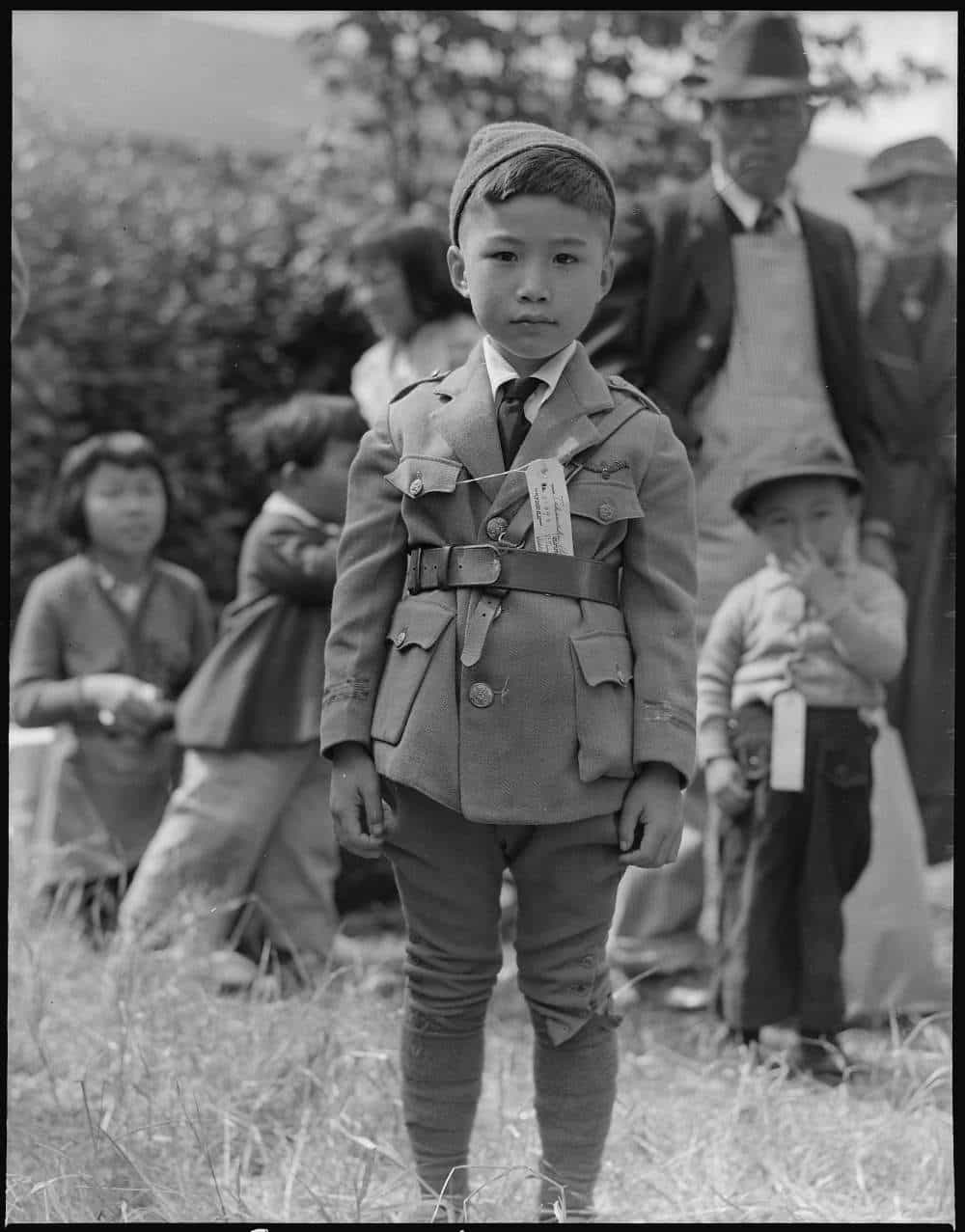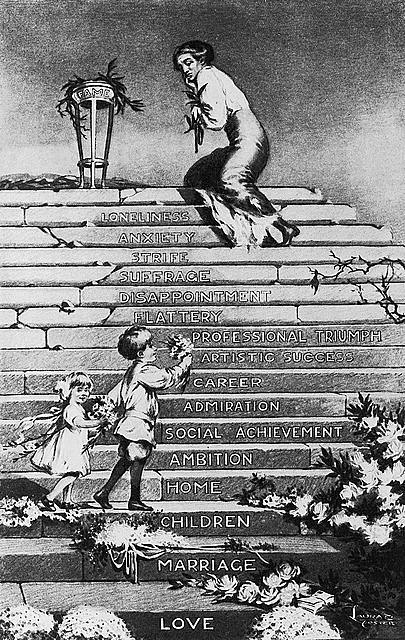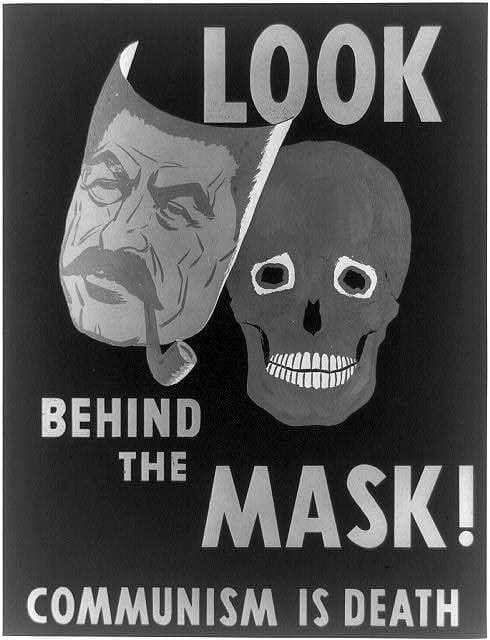 For the EdMethods class a few peers and I have created a set of lessons for the Nikkei Legacy Center (a museum located in Portland, OR) to pair with the museum’s suitcases. Educators can check out the suitcases, which contain numerous primary sources about Japanese Americans in Portland and their time spent in incarceration camps. The lessons we created range from elementary, middle to high school level.
For the EdMethods class a few peers and I have created a set of lessons for the Nikkei Legacy Center (a museum located in Portland, OR) to pair with the museum’s suitcases. Educators can check out the suitcases, which contain numerous primary sources about Japanese Americans in Portland and their time spent in incarceration camps. The lessons we created range from elementary, middle to high school level.
Creating lessons is always a bit of a challenge but it is even more of a challenge when making them for someone else. The suitcase project has been a great way to practice my lesson making skills by making sure the lessons are thorough in explanations, complete in resources but still flexible so teachers can adapt them to their classrooms.
My lesson is for a middle school social studies classroom. The lesson (that can be broken up into two days) focuses on the incarceration of Japanese Americans from a cultural perspective. The lesson will show students the daily life of internees. The lesson uses readings, videos, and primary source documents with individual and group activities. The lesson would be best used in a class that has already covered World War II.
Here is the procedure of the lesson. For a PDF of the whole lesson click here Suitcase Lesson. (138KB pdf)
Overview: Today’s lesson will focus on the incarceration of Japanese Americans from a cultural perspective. This lesson would fit in after learning about WWII.
Goals: To understand the experience of Japanese Americans being incarcerated during the WWII.
Objective(s): Students will be able to identify the key aspects of life for Japanese Americans in incarceration camps during WWII.
Standards:
CCSS.ELA-Literacy.RH.6-8.1 Cite specific textual evidence to support analysis of primary and secondary sources.
CCSS.ELA-Literacy.RH.6-8.2 Determine the central ideas or information of a primary or secondary source; provide an accurate summary of the source distinct from prior knowledge or opinions.
CCSS.ELA-Literacy.RH.6-8.9 Analyze the relationship between a primary and secondary source on the same topic.
CCSS.ELA-Literacy.RH.6-8.7 Integrate visual information (e.g., in charts, graphs, photographs, videos, or maps) with other information in print and digital texts.
Resources: suitcase, pencil/pen, paper, projector, internet access, printed documents included in lesson plan
Procedure:
- Ask students if they know the following terms: interned, incarceration, Japanese-American, Nisei and Issei. If not, go over as a class making the definition together using previous knowledge.
- Read them Scenario A. Have them write a short paragraph on how they would feel, what would they do. Then share with a partner. Have a few students share with the class aloud. [Attached to lesson plan. Called “SCENARIO A”]
- Have students read brief background on why the Japanese Americans were incarcerated. Either read aloud, popcorn style or at teacher discretion. [Attached to lesson plan. Called “HISTORICAL CONTEXT”]. Answer follow up questions.
- Have students watch a short interview with George Takei about leaving behind his life to go to an incarceration camp. Answer follow up questions [Attached to lesson plan. Called “Video Questions.”]
- Have students read about life in the incarceration camps. Split up students into different groups based on the sections. Then have them create a poster depicting their section. Share with class. Have class answer as a whole the follow up questions. [Attached to lesson plan. Called Behind the Fence: Life in the Incareration Camp]
- Show pictures of incarceration camps. Have students draw connections between what they read and what they see in the pictures. Have class discussion. [Pictures in suitcase. Choose from the following images: G3, G2, I6, I5, D2, I3, I4, H2, F2, G1]
- For the remainder of class and homework, have students write a letter home to a friend pretending to be an incarcerated Japanese American. Have them use material that they learned about from the day. Have them express their feelings of being interned, and have them tell their friend if they still feel like an American after this experience.
Formative Assessment: Students will answer follow up questions to readings, and the class will go over them as a whole.
Summative Assessment: Students will write a letter pretending to be an incarcerated Japanese American.
Photo Credit: A Japanese Child in an incarceration Camp from http://all-that-is-interesting.com/japanese-internment-camp
 When we first started working on this DBQ we knew that we wanted to educate students on how to best analyze propaganda, understanding what each piece is trying to say, being able to discover how each piece goes about conveying its message, and what historical events are transpiring to bring about such pieces of work. At the beginning of this DBQ lesson there was talk of only showing pro-women’s suffrage propaganda, but we discovered that if the students had only positive propaganda to view, then the lesson loses some of its strength. As a result we had to make a slight change my overall lesson. Instead of using only pro-suffrage pieces, we would also use anti-suffrage pieces and the students would compare, contrast, and analyze these pieces as a whole as well instead of independently.
When we first started working on this DBQ we knew that we wanted to educate students on how to best analyze propaganda, understanding what each piece is trying to say, being able to discover how each piece goes about conveying its message, and what historical events are transpiring to bring about such pieces of work. At the beginning of this DBQ lesson there was talk of only showing pro-women’s suffrage propaganda, but we discovered that if the students had only positive propaganda to view, then the lesson loses some of its strength. As a result we had to make a slight change my overall lesson. Instead of using only pro-suffrage pieces, we would also use anti-suffrage pieces and the students would compare, contrast, and analyze these pieces as a whole as well instead of independently.


